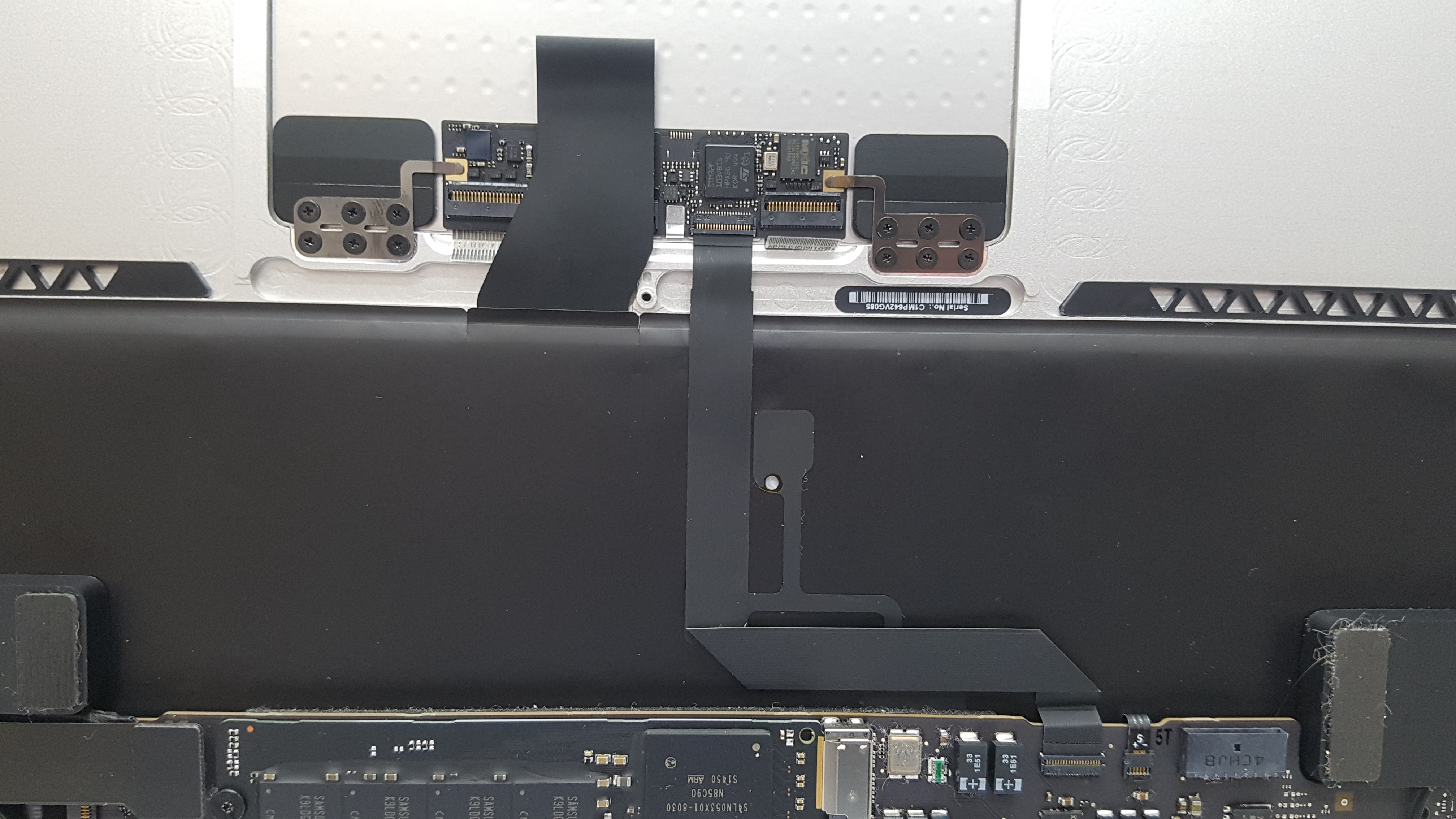

So no PC-style arrow key and cursor simulator keyboards. In all of those cases, the default iOS 8 keyboard will replace the custom keyboard, and then return to it when eligable input fields become available.Ĭustom keyboards also can't be used to select text or move the input position around. They also don't have access to the phone system (phone pad), which adhere to a strict set of input characters mandated by the carriers. Moreover, custom keyboards don't have access to the built-in keyboard toggles in Settings either, but a custom set of settings can be created just as they can for any other type of app.

More on that in the security and privacy section. They also can't be used in secure text fields, like those for passwords. They can't access the internet without explicit permissions. To start with, by default custom keyboards are restricted to the local device. Some of these are philosophical - Apple has strong opinions on security and privacy. While custom keyboards can, for the first time, exist beyond the confines of their own apps, there are still many limitations placed on them. Somewhere, somehow, both Apple's procedures and our understandings are going to have to grow and mature. Extensibility offers new functionality beyond that of the traditional app.
#Apple keypad not working 3375018vwxxga install
For example, if you install the Swype app to get the Swype keyboard, what would the app itself do when you launch it? If the Swype app is deleted, the custom keyboard extension gets deleted with it, so would there be a warning provided to make sure people know and understand that, especially if they haven't looked at the app in weeks or months and forgotten why it exists?ĭownload/delete/re-download is a simple process understood my hundreds of millions of iPhone and iPad customers. There are still some lingering questions when it comes to implementation. The next time the default keyboard appears, you'll be able to tap the globe (keyboard change) button, select the custom keyboard, and start typing with it. The SwiftKey app's custom keyboard extension will then make itself available system-wide. So, for example, to install SwiftKey on your iPhone or iPad, you'll have to download the SwiftKey app. Even though custom keyboards are designed to work throughout iOS, they still have to be contained in an app.


 0 kommentar(er)
0 kommentar(er)
